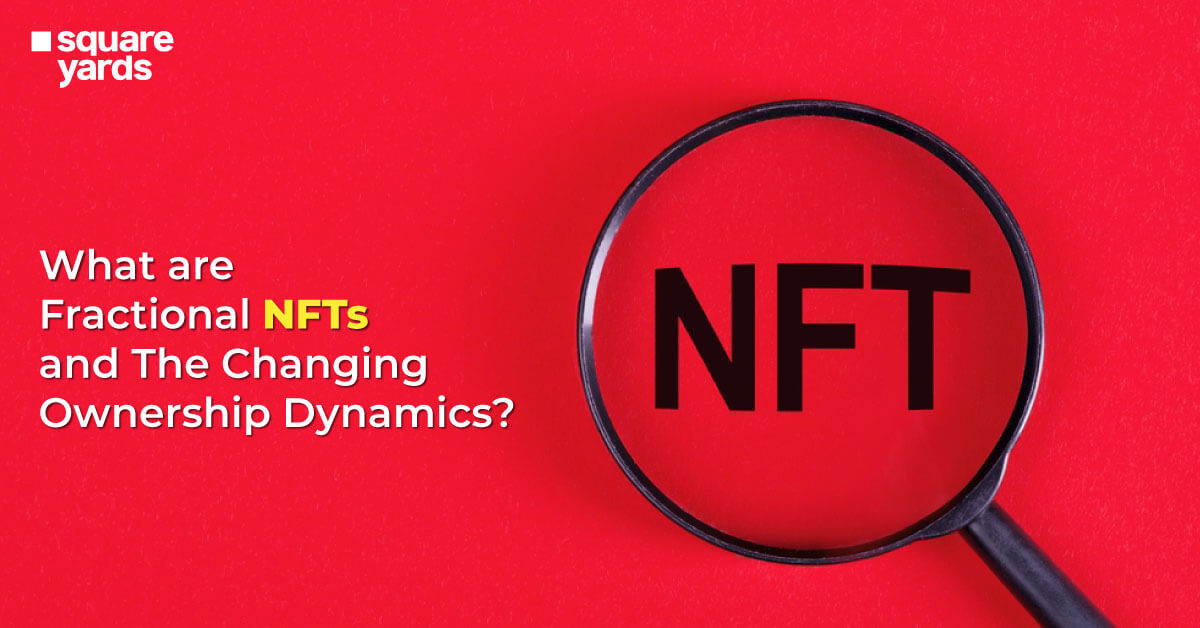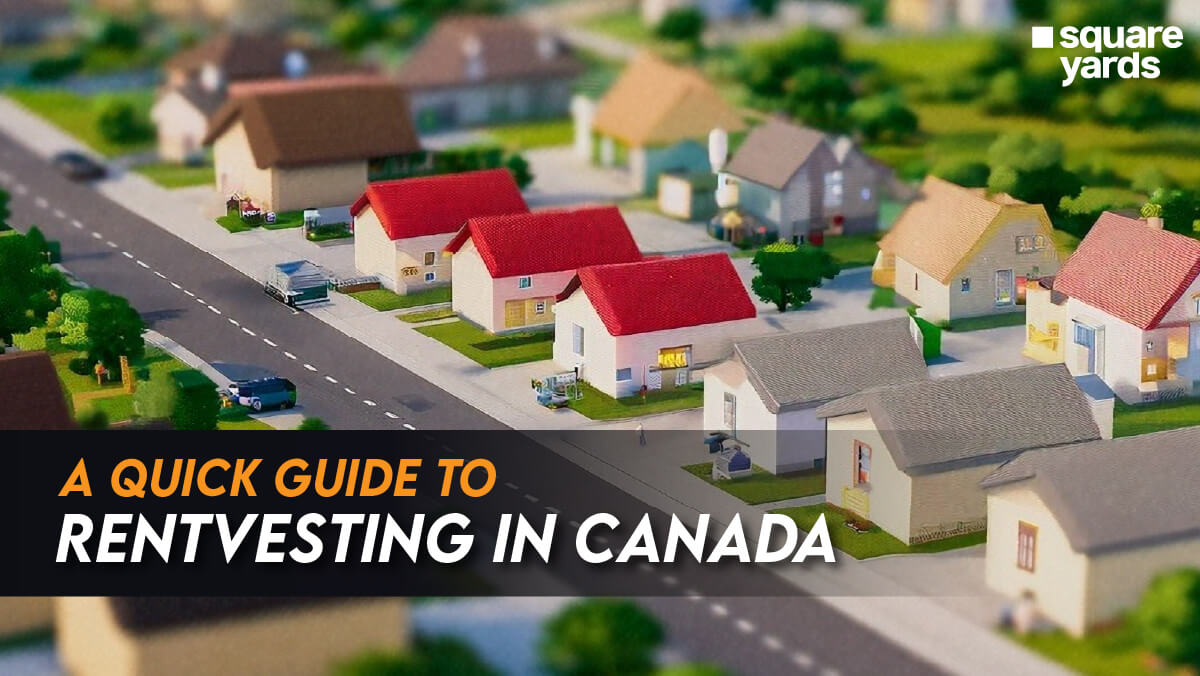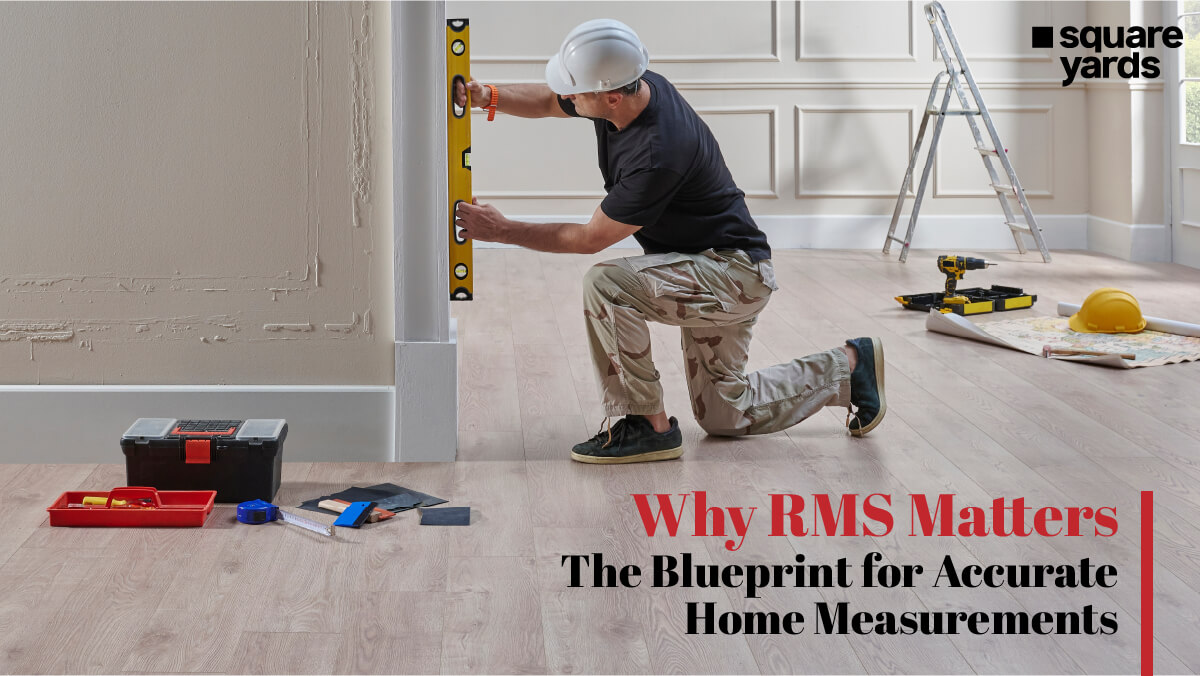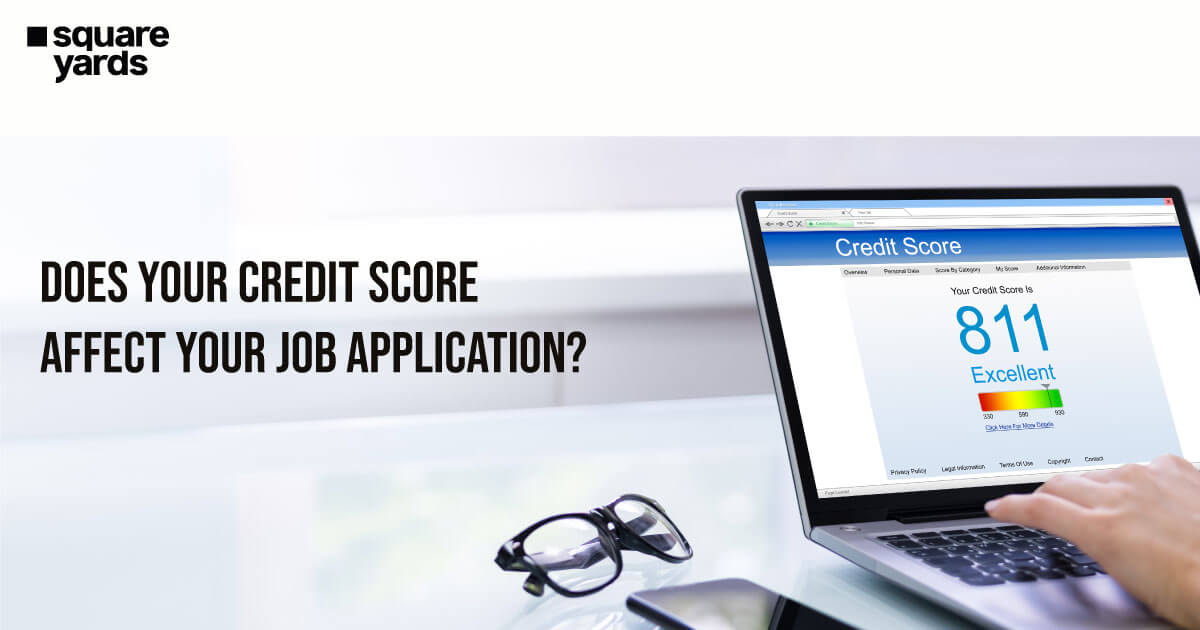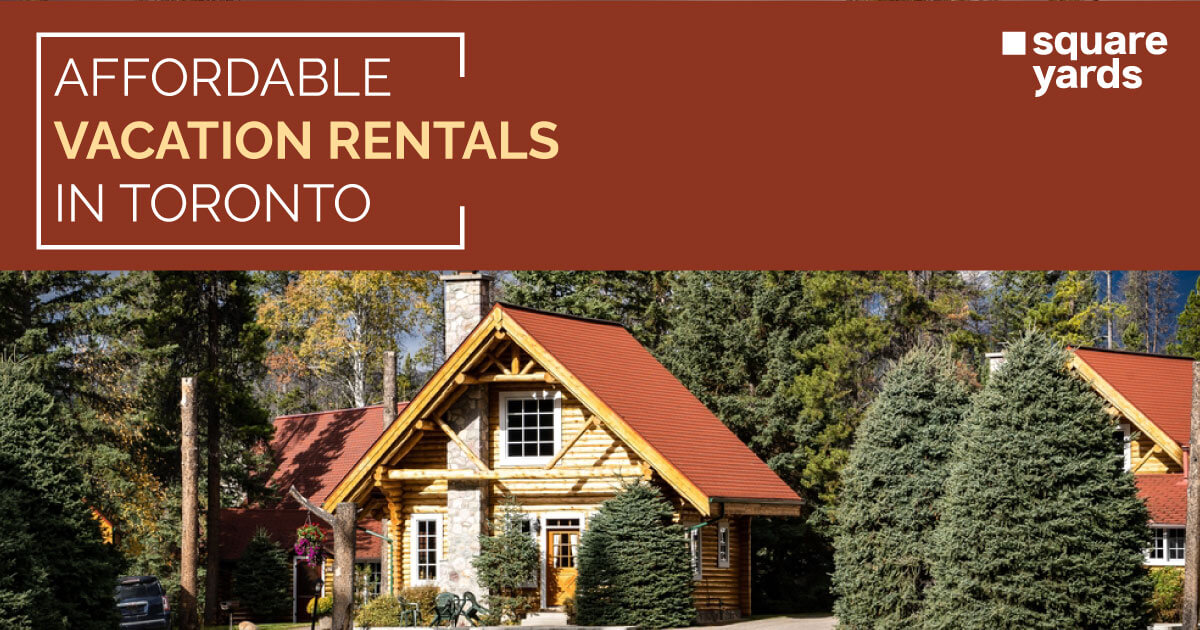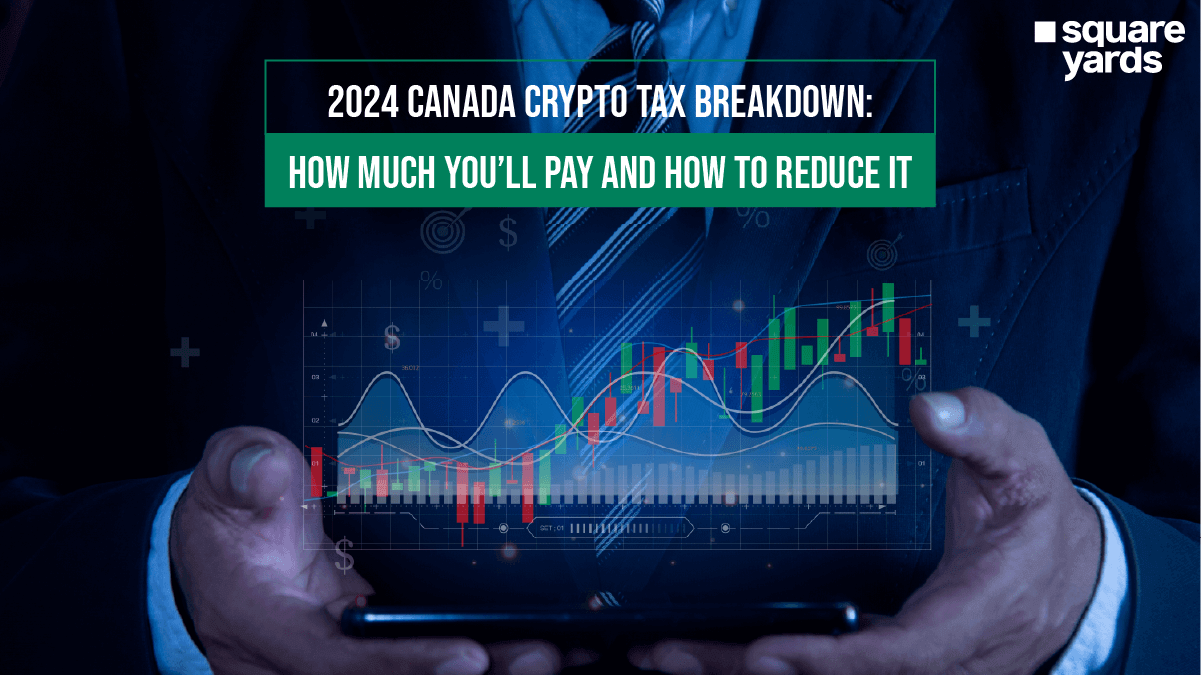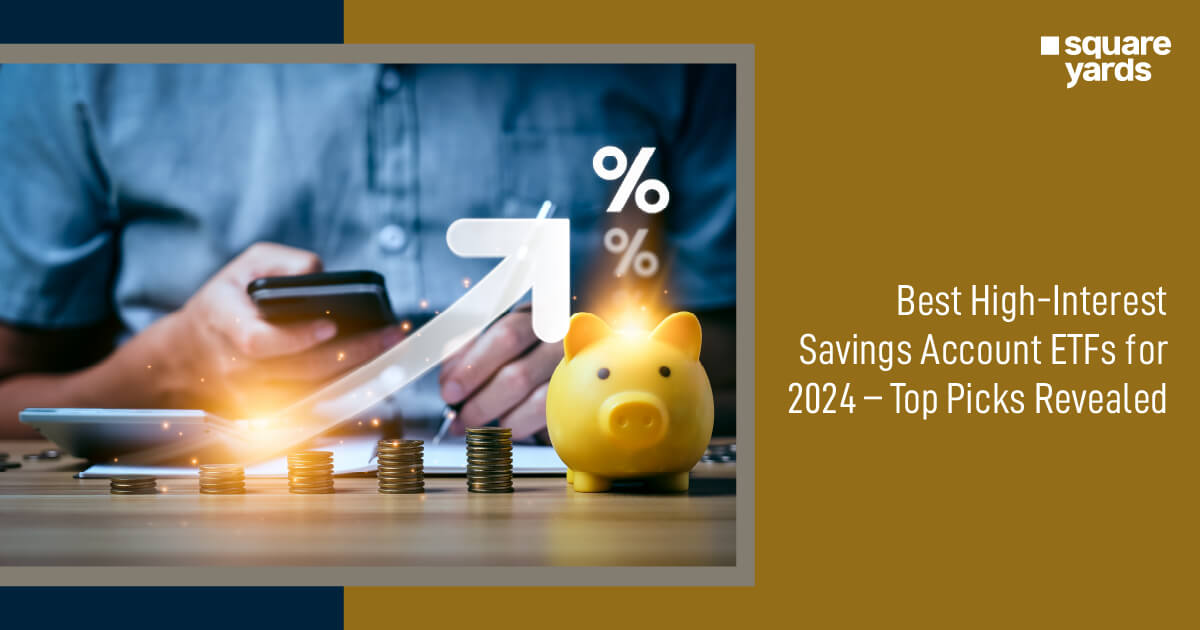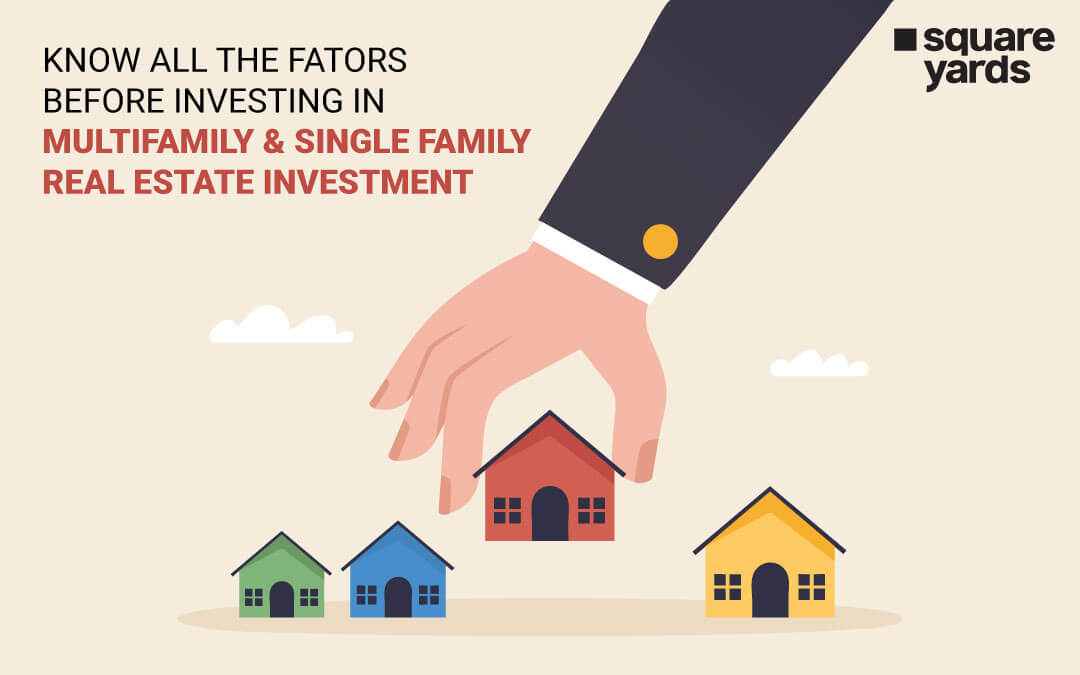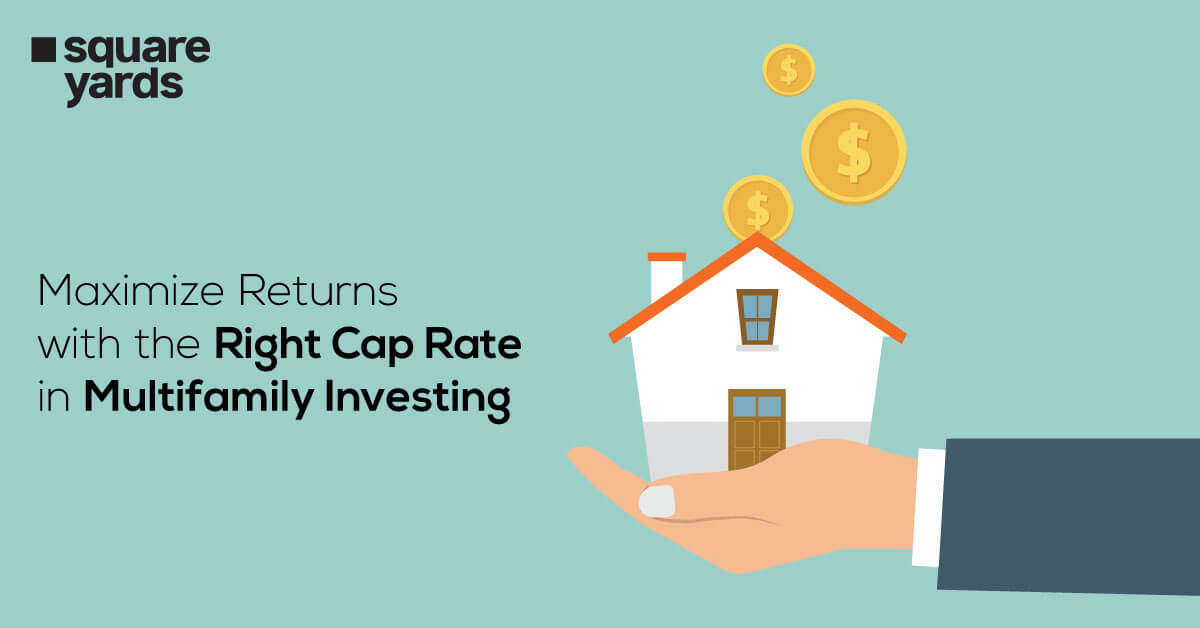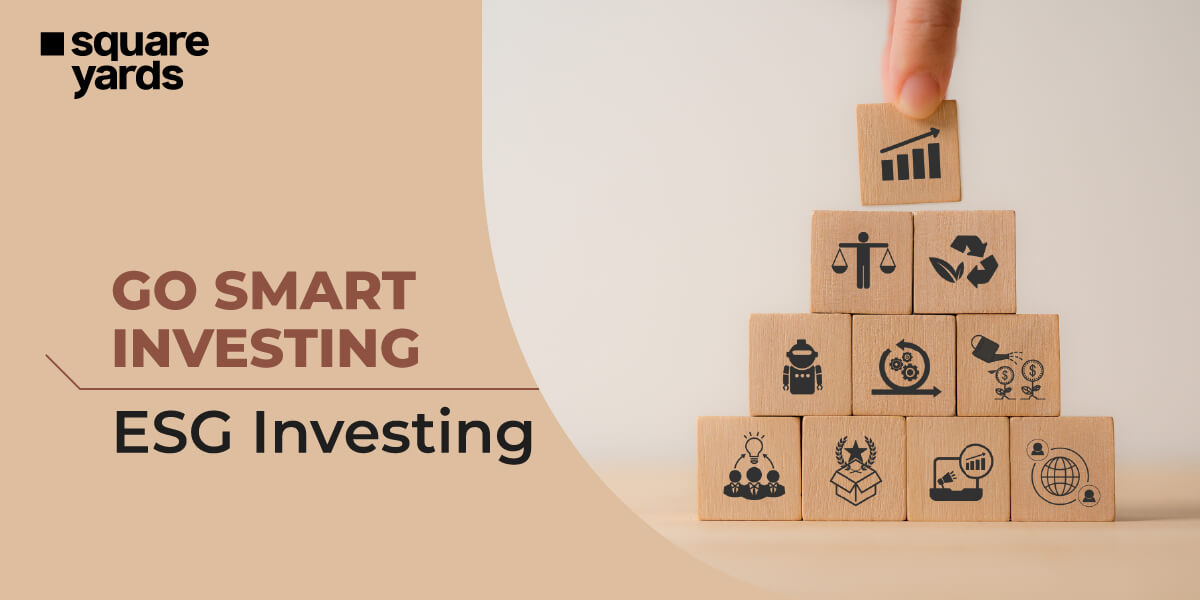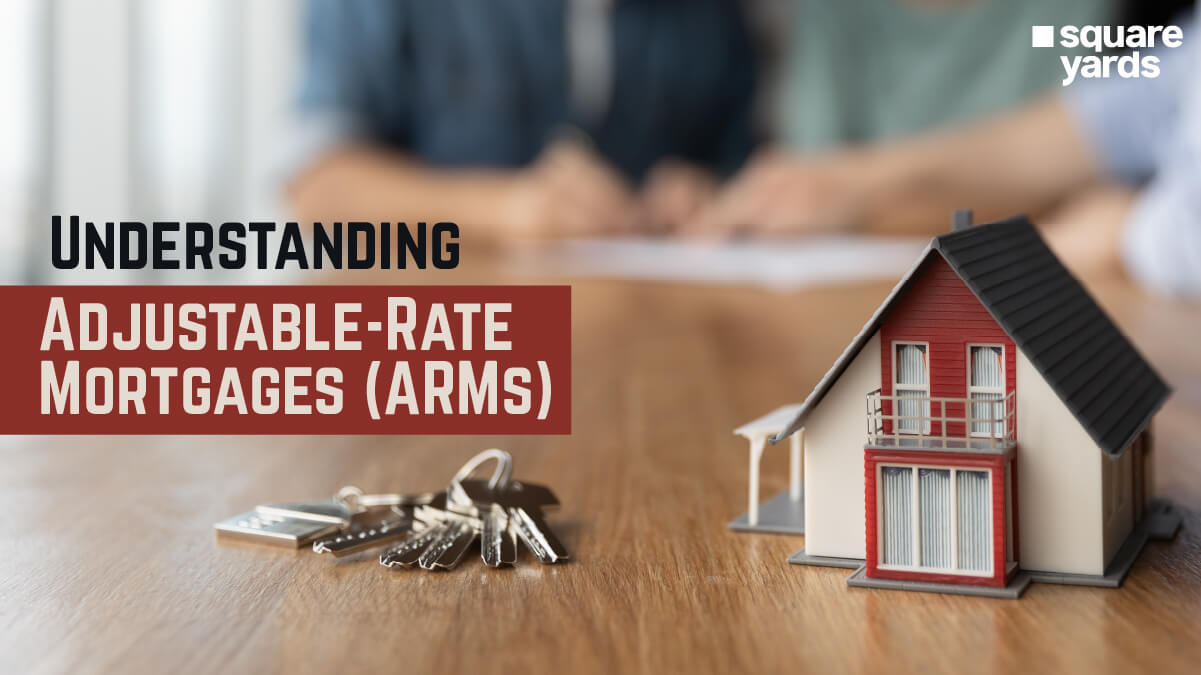NFTs or Non-Fungible Tokens are digital assets you can securely store through blockchain. Nowadays, you need a high level of capital investment to buy real estate; however, NFTs have made it easier to buy small properties or parts of properties in no time. You can only buy a part of the property regarding NFTs. People often prefer buying a small part of a building than the whole one as it is economically more efficient. NFTs and Blockchain have simplified it for people who want ownership of parts of properties that have a high market value. Therefore, with the help of NFTs, you won’t be required to invest large capital to buy property assets.
This blog will explain how NFT has entered the digital world and transformed real estate ownership dynamics.
Know About Fractional NFTs

Fractional NFT refers to a single digital asset with multiple ownership. A digital real estate asset means a property with more than one owner. NFTs act as proof and a gateway of the shares held by people of a particular asset. All the information is stored in a single ledger, specially made to track the fraction of shares bought by people. This tactic has made buying properties and shares easier and more affordable, as well as holding shares and ownership. The asset is divided into smaller fractions to be distributed to the people who want partial ownership. This technique helps save money because real estate has become expensive. This will also help you save your funds to invest in other digital assets, such as digital art or music.
In short, the entire ownership of NFT is not held by a single individual but rather divided into small parts and owned by multiple people, making it affordable for people to buy assets with a comparatively low income. Therefore, the fraction of the asset or the NFT for the division of ownership is called fractional NFT. If you want to buy a property and don’t know where to start, try NFTs and start your property ownership journey.
Advantages of Fractional NFTs in Real Estate
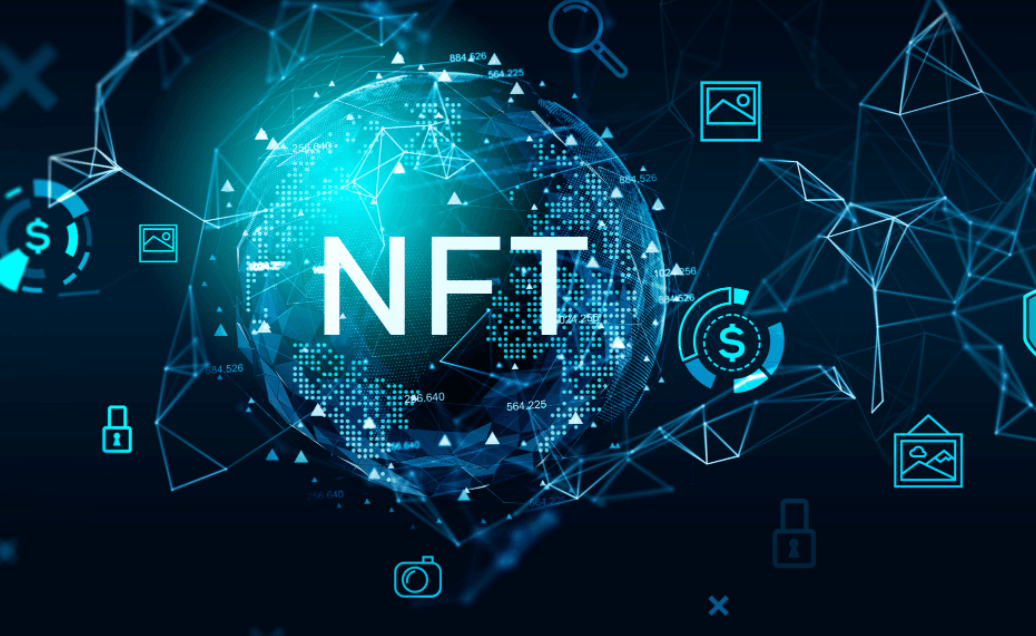
-
- Accessibility: Fractional NFT’s major benefit is its affordability and accessibility. By fractioning ownership and lowering the cost of entry, people can now easily invest in high-valued assets. Investors can also fund smaller portions of properties at affordable prices and improve their investment portfolios.
- Liquidity: Smaller fractions of ownership help the NFT to become more liquid. People can easily buy, sell and trade their shares digitally without any hassle. Fractional NFT can quickly be sold in other markets by investors, making it easier for them to understand their investment strategies and make it more flexible.
- Transparency: Blockchain technology used for NFT provides high transparency between investors, the market, and all property-related transactions. Blockchain helps secure the records and prevents any kind of hindrance that an investor might face. Fractional NFT also ensures proper verification of ownership rights and tracking of the property’s performance in the market. Through transparency, investors can quickly track the market details and gain trust and confidence in their investment.
- Diversification: If an individual or investor wishes to diversify their investment portfolio, they can do that with fractional NFT. It is not mandatory to invest all your funds in a single asset. They have a wider range of variety to invest their funds and enhance their investment portfolio.
Cases and Applications
-
- Crowdfunding of Real Estate: A property owner can sell fractions of his property through fractional NFT to property buyers and investors. This helps them to raise funds for their new projects and developments. Communities can also invest in local development projects to contribute and receive ROI using fractional NFT.
- Tokenised Properties: Property owners and developers can tokenise their properties digitally by selling parts of them through fractional NFT. Investors can have direct access to and exposure to the real estate market.
- Commercial use of Real Estate: Property owners with huge office complexes and commercial buildings have the leverage and ease to sell parts of their properties to small businesses, startups, retail spaces, etc. Selling Fractional NFT by Investors in the secondary market has been made easy, making it more flexible.
- Investment Platforms: Digital platforms and portals facilitate the functions of Fractional NFT, such as buying, selling, trading, and managing real estate assets. One of the major digital platforms used for NFTs is blockchain. Blockchain technology helps record buying and selling data between investors and owners and records all the transactions under a special ledger. Blockchain is a tool that allows regulate rules that ensure proper management.
- Service Function of Real Estate: Businesses and startups can easily lease property portions solely for commercial purposes. This arrangement ensures flexibility and prevents long-term commitments. Leasing commercial properties through fractional ownership uses a pay-per-use policy, which means businesses only have to pay rent for the space and time they use.
Challenges of Fractional NFTs

-
- Unclear Regulations: Fractional NFT faces many challenges related to proper legal framework and regulations. The digital platform blockchain is a portal for fractional NFT management and still needs to be fully developed, creating a high-risk factor for investors and security laws. Ensuring and proving the legality of fractional ownership can be a tough task. Regulatory information is important for investors to gain market trust and confidence.
- Market Fluctuations: The market is uncertain and dynamic, so it is important to consider the risk factors associated with fractional ownership. The changing market demands and trends make investing risky. As fractional NFTs are still developing, finding investors and buyers becomes difficult.
- Platform Reliability: Operating fractional NFTs requires a reliable platform that implements all the management features, such as transfers and issuance. Blockchain is a secure technology that deals with the fractional NFTs. However, it may compromise security, such as hacking, technical failures, and fraudulants. A reliable and trustworthy platform helps smooth communication between the buyer and the seller. Suppose the portal or the platform does not reciprocate its features promptly and efficiently. In that case, fractional NFT will cease to provide the desired output, which may hinder the market and increase the risks of investment and ownership.
- Valuation Challenges: Uneven and abrupt valuation of fractional NFTs is a common phenomenon and may eventually become a challenge in the long run, especially in real estate. There is a high risk of a pricing discrepancy, this is because the perceived value of the fractional NFT is quite different from the actual market.
Conclusion
Fractional NFTs are an interesting technique for investing in properties and real estate. Due to their affordability, individuals can easily become property owners without a large amount of funds. People can now easily own high-valued properties with minimum prices. A wide range of investors can join hands and invest in a property with high ROI opportunities, making real estate the ideal field for investing your funds through fractional ownership. However, hindrances like unclear regulations, market fluctuations, platform reliability and valuation challenges must be considered before investing in fractional NFTs. Despite these hindrances, NFTs hold great potential as Blockchain is still developing and will be much more user-friendly for investors and developers to communicate efficiently.
You May Also Read :
|
Guide To Cryptocurrency Investment |
|
|
Know About Financial Statement Fraud |
|
|
Explore Average Pension in Canada |
|
|
Understand Best Credit Cards in Canada |
Frequently Asked Questions (FAQs)
NFT makes fractional property convenient, comparatively cheaper, and affordable for people to invest in real estate. They are parts of digital assets that people buy and sell online and gain fractional ownership.
NFT has transformed real estate by allowing investors to invest in parts of properties instead of the entire property. This makes it easier for investors with low budgets to invest in properties. Digital technology makes the procedure more efficient and easy.
Only eligible and certified digital portals have access to provide such facilities to the investors. Portals like RealT and Propy provide facilities where you can buy fractional ownership of properties.
Before you create a real estate NFT, make sure you digitalise your property’s information and store it on the Blockchain. After that, you must make a smart contract digitally to split the property ownership into multiple investors.
The cumulative value of all digital tokens representing shares of real estate or other assets is the market cap of fractional NFTs. It represents the market's overall value of these options for fractional ownership. What are NFTs for fractional property ownership?
How are NFTs revolutionising Real Estate Transactions?
Where can I buy real estate NFTs?
How do you create a real estate NFT?
What is the market cap of fractional NFT?

